NASA vs ISRO
Both Space Agency's NASA and ISRO have impacted the world and opened up a whole new world in what's possible for? Humanity to achieve in space exploration.
ISRO
ISRO is a six largest space agency in the world, and it stands for the Indian Space Research Organization, and it was founded in August 15, 1969, and it operates under the Department of space which is under the government of India. ISRO has its headquarters in Bengaluru, Karnataka India and its primary Spaceport is the Satish Dhawan Space Center and that's located in Andhra Pradesh, India Spaceport can also be called a cosmodrome, and it's a site for launching or receiving spacecraft So like similar to an airport for airplanes or a seaport for boat in this case. It's a spaceport. Now this row has a vision and that is to harness space Technology for national development while pursuing space science research and planetary exploration. And as you know space exploration and research is quite expensive according to the most recent estimates ISRO has a budget of 1.6 billion dollars U.S. to work with and the organization has sixteen thousand seventy-two staff members.
NASA
NASA is the number one largest Space Agency in the world and NASA stands for the National Aeronautics and Space Administration And NASA is an independent agency of the United States government, and it's responsible for the civilian space program as well as Aeronautics which is the science or the art involved with the study design and manufacturing aircraft and aerospace research. NASA was formed on July 29 to 1958 and their headquarters is at the two And square better known as simply just the NASA headquarters in Washington DC in the United States. NASA is led by Administrator Jim brine Steen, and he's NASA's 13th administrator. The total employees working at NASA is 17,000 336, and they have a budget of 20 point seven billion Dollars and all of this is in place just to fulfill on the vision of the agency Which is we reach for new heights and reveal the unknown for the benefit of humanity.
More specifics of what ISRO does as an agency so,
ISRO
Its mission is clear. The main objective of ISRO is to use space technology and its application for various tasks. The Indian space program was driven by the vision of vikram sarabhai. And he's considered the father of the Indian space program, and he said back in the year 1969. There are some who questioned the relevance of space activities in the developing nation to us There's no ambiguity of purpose we do not have the fantasy of competing with the Economically advanced nations in the exploration of the moon or the planet or manned spaceflight. But we are convinced that if we are to play a meaningful role nationally and in the community of nations. We must be second to none in the application of advanced technologies to the real problems of man and society now the ISRO's headquarters It coordinates up programs like satellite communication, earth observation, disaster management support, sponsored research schemes, contract management, international cooperation, safety, reliability, publications and public relations budget and economic analysis, civil engineering and Human resource development.
Now getting into more specifics of what NASA does as an agency so
NASA
NASA operates and maintains Communication satellites it monitors and manages large portions of the International Space Station Including you know supplying it Experiments astronaut health, and it trains new astronauts, and it operates and maintains satellites that monitor whether as well as satellites that monitor the Sun, stars, and nebulae co2 Atmospheric levels as well as a whole bunch of other things having to do with space and launching stuff up there.
NASA is a massive organization, and they have different facilities Responsible for research construction and communication centers and some facilities serve more than one purpose So now we got a bit more of an idea of what these agencies are and what they do their size and all of that.
How did these agencies actually get to where they are? And where did they have their start?
When we look at history the Space Research activities began in early 1960s when the Tokyo Olympics Games broadcasted live across is Pacific by the American satellite called sync comp 3 and this Broadcast really demonstrated the power of communication satellite. And Dr Vikram Sarabhai who was at the time the director of the physical research laboratory He saw how space technologies could benefit India. So from there. He took a look, and he assembled a team of brilliant scientists zoella's anthropologists and communicators and social science from all different parts of India to lead the Indian space Program and that's when the in Coast bar or the Indian National Committee for Space Research was formed and in the year 1967 the first experimental satellite communication earth station or the es CES for short was operationalized and then in Coast bar eventually grew into the Indian Space Research Organization or ISRO in the year 1969 now to establish That a satellite system can contribute to the national development. The next logical step was the satellite instructional television Experiment or si te for short which spells out site and this was seen as the largest sociological experiment in the world during 1975 to 1976 the experiment benefited around 200,000 people covering 2,400 different villages of six different states, and it transmitted programs using the American technology known as the 80s 6. During this period the first Indian spacecraft the aryabhata was developed and was launched using a Soviet launcher now another major landmark was the development of the first launch vehicle the slv-3 with a capability to place 40 kilograms in low-earth orbit which had its first successful flight in the year 1980 and see this it paved the way for learning about launch vehicle design for more complex missions So that was some of the early history of ISRO and for NASA.
This began during the late 1940s during the late 1940s the Department of defense pursued research and rocketry and upper atmospheric sciences as a means of assuring American leadership in technology. A major step forward came when President Dwight D Eisenhower approved a plan to orbit a scientific satellite as part of the International Geophysical Year or the igy and this was during the period of July 1st 1957 to December 31st 1958 this was a cooperative effort to gather scientific data about the earth. The Soviet Union quickly followed suit Announcing their plans to orbit its own satellites. Now the Naval Research Laboratories project Vanguard was chosen on the 9th of September 1955 to support the igy effort and the project Vanguard got some major publicity throughout the second half of the year 1955 and 1956 by the technical demands were too much and the funding was way too small then a huge full-scale crisis resulted on October 4th 1957 one of the Soviets launched Sputnik one the world's first artificial satellite as its entry in the igy more immediately the United States launched its first Earth satellite on January 31st 1958 the United States also began a series of scientific missions to the moon and planets in the latter parts of 1950s in the early 1960s as a direct result of this Sputnik crisis NASA began operations on October 1st 1958 absorbing itself into the early National Advisory Committee for Aeronautics with its 8,000 employees as well as an annual budget of a hundred million dollars and its major research laboratories, and it quickly incorporated other organizations into this new agency and then NASA began to conduct space missions within months of its creation.
So that was an inside look into the early history of ISRO and NASA So since then..
What were some of the major successes of these space agencies?
Let's first look at NASA So since establishment most United States space exploration efforts have been led by NASA Including the Apollo moon landing missions, the Skylab space station and later the Space Shuttle NASA supports the International Space Station and oversees the development of the Orion multi-purpose crew vehicle the Space Launch System and the Commercial Crew vehicles now just looking at some more of NASA's accomplishments and successes on May 5th 1961 astronaut Alan Shepard became the first American in space During a 15-minute suborbital flight in his freedom 7 Mercury capsule on May 25th 1961 shortly after Alan Shepard's flight President John F Kennedy announces America's goal to land humans on the moon before the end of the decade on June 3rd 1965 the first American spacewalk by Ed White testing out spacesuit technology happened December 24th 1968 the Apollo 8 crew saw the earth while orbiting the moon for the first Time probably one of the most historic events happened on July 20th 1969 in Apollo 11 Neil Armstrong and Buzz Aldrin became the first men to walk on the moon on August 20th and September 9th 1975 NASA launched the first spacecraft to Mars Viking 1 and 2, and they became the first US mission to land safely on Mars and return images of Mars's surface on April 25th 1990 the Hubble Space Telescope Was deployed and then on December 5th 2014 NASA's Orion capsule completed its first space flight test and that's the only naming a few accomplishments.
Now, let's see what is ISRO has accomplished and succeeded at. ISRO had built India's first satellite the Aryabhata which was launched by the Soviet Union April 19th 1975 also in the year 1980 rohini became the first satellite to be placed in orbit by the Indian made launch vehicle the Slv-3. ISRO subsequently developed two other rockets the polar satellite launch vehicle or the PSLV for launching satellites into polar orbits and the geosynchronous satellite launch vehicle the GSLV for placing satellites into Geostationary orbits. These rockets have launched numerous Communication satellites and earth observation satellites as well as several satellite navigation systems have been deployed. In January 2014 ISRO used an indigenous cryogenic engine in the GSLV D5 launch for the GSAT-14 also Israel sent a lunar orbiter the chandrayaan-1 on October 22nd 2008 and as well as a Mars orbiter on the 5th of November 2013 Which entered Mars's orbit on the 24th of September 2014 and this made INDIA the first nation to succeed on its first attempts to Mars and ISRO the fourth space agency in the world as well as his first space agency in Asia to reach Mars's orbit. There's also a big success on June 18, 2016, Where ISRO set a record with a launch of 20 satellites in a single payload and this included a satellite from google. ISRO had also launched its heaviest rocket the geosynchronous satellite launch vehicle mark 2 on June 5th 2017 and place a communication satellite the GSAT-19 in orbit with this launch ISRO became capable of launching four ton heavy satellites into orbit.
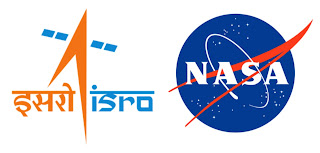
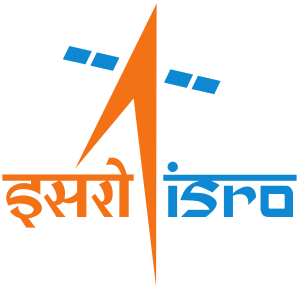
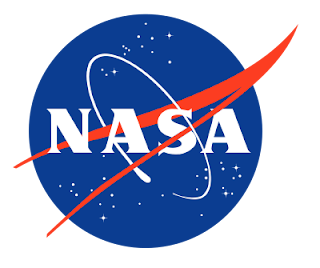
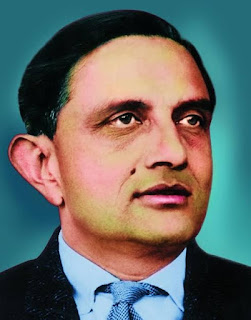
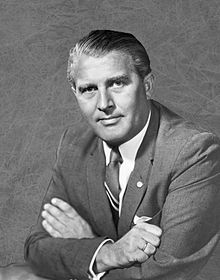
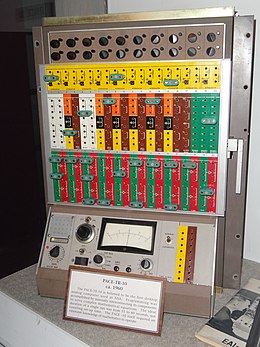
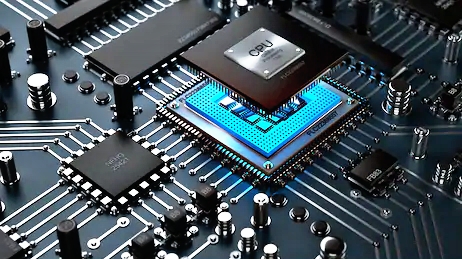


0 Comments